SUMMARY
This is AI generated summarization, which may have errors. For context, always refer to the full article.
MANILA, Philippines – Storm surge first burst into Filipino consciousness when Super Typhoon Yolanda (international name: Haiyan) caused water levels to rise by 15 feet in parts of Eastern Visayas, decimating houses and killing thousands.
So what is a storm surge and what factors add to its deadliness? How can communities prepare for them?
Graphics by Raffy de Guzman
WHAT IS A STORM SURGE?
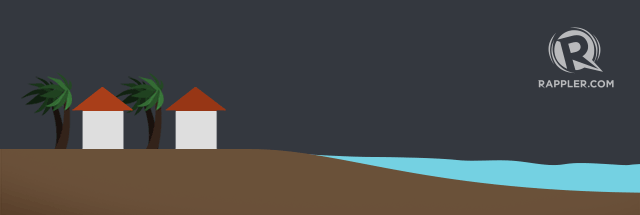
The abnormal rise of water generated by a storm over and above the predicted astronomical tides.
WHAT CAUSES STORM SURGE?
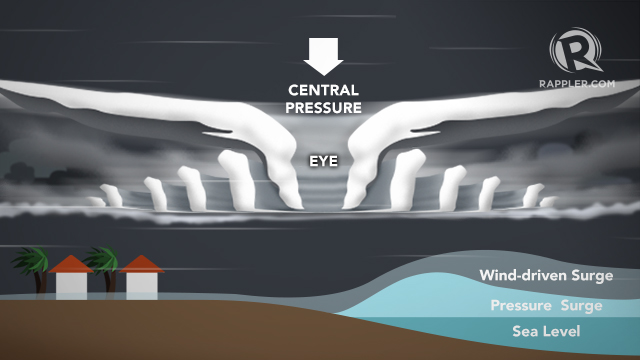
Storm surge is primarily caused by strong winds from a storm pushing on the ocean’s surface, causing water to pile up as it moves toward land. The strongest storm surge tends to occur near the “radius of maximum winds” or where the storm’s strongest winds are blowing.
The low atmospheric pressure created by the storm contributes around 5% of the height of a storm surge.
STORM SURGE RECORDS
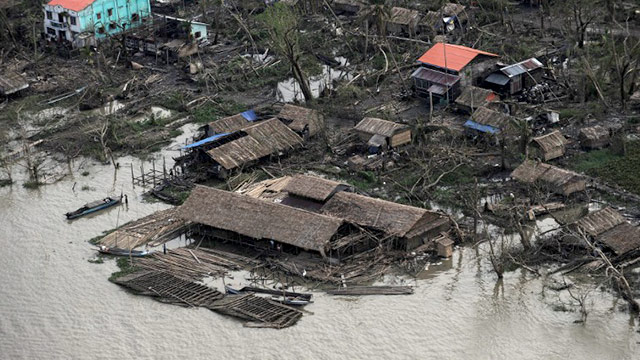
The deadliest storm surge in the 21st century was brought by Cyclone Nargis. It killed more than 138,000 people in Myanmar in May 2008.
The highest storm surge ever recorded reached 48 feet (14.6 meters). It occurred in Bathurst Bay, Australia, on March 5, 1899, during the onslaught of Tropical Cyclone Mahina.
WHO’S AT RISK?

Around 47 million people in the Philippines, or 51% of the total population, live along the country’s 18,000-kilometer stretch of coastline.
STORM SURGE FACTORS
Central pressure
The low atmospheric pressure brought about by a storm contributes minimally to the height of a storm surge. Lower pressure leads to higher storm surge.
Storm forward speed
If the coast is open, a storm that moves fast will produce a higher storm surge. But if the body of water is partly enclosed, a slow storm will produce higher storm surge.
Wind speed

The stronger the winds from a storm, the higher the surge.
Storm size
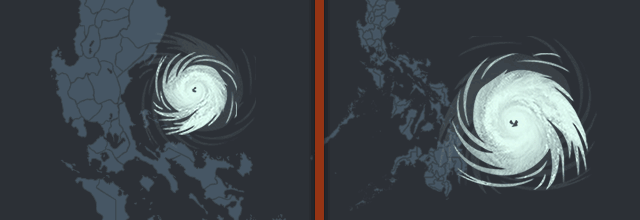
The larger the storm, the larger the area of ocean affected by its winds, thereby producing higher surge.
Storm approach angle


A storm moving towards land perpendicular to the coastline is likely to produce higher storm surge than a storm moving parallel to the coastline or at an oblique angle.
Shape of coastline
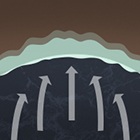
A concave coastline (curves inward) will experience higher storm surge, and thus more inland penetration, than other coastlines. The concave shape allows water to funnel and pile up as it approaches land.
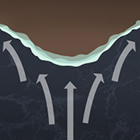
A convex coastline allows water to go around the land form, thereby dispersing it.
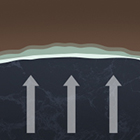
A straight coastline also allows water to disperse before hitting the shore.
Slope of ocean floor

A steeply sloping ocean floor (ocean floor that drops quickly after the coastline) leads to lower storm surge because the depth of the ocean floor allows water to disperse before reaching land.
A gently sloping ocean floor leads to higher storm surge because the water piling up is blocked by the ocean floor, and has nowhere to go but up.
Local features

The movement and height of a storm surge is also affected by the barriers and various waterways unique to every locality. Such features include seawalls, mangroves, estuaries, and inlets.
TOTAL WATER LEVEL
But storm surge is only one ingredient to the rise of total water level along the coast due to a storm.
Here are the other factors:
 Tides
Tides
The gravitational pull of the moon and sun causes water levels to rise along the coast on a daily basis. When a storm surge happens during high tide, the rise in water level is increased. This is particularly dangerous for areas where the difference between water levels during low tide and high tide is significant.
 Waves
Waves
During a storm, strong winds cause waves to continually break onshore. Water brought by waves pile up as waves get larger and bring greater amounts of water with nowhere else to go, thus causing water level rise.

Freshwater input
Strong rainfall brought about by a storm can cause river waters to rise. When this water flows downriver and reaches the coast, it contributes to the water level rise there.
HOW TO PREPARE FOR STORM SURGE
 As much as possible, human populations should not live near coastlines. They should be moved farther inland, far from the reach of storm surge or sea level rise. The exact distance will depend on the characteristics of the coastline. Areas only a few meters above sea level are particularly vulnerable and will require greater distances for ‘no build’ zones.
As much as possible, human populations should not live near coastlines. They should be moved farther inland, far from the reach of storm surge or sea level rise. The exact distance will depend on the characteristics of the coastline. Areas only a few meters above sea level are particularly vulnerable and will require greater distances for ‘no build’ zones.

An early warning system is also important for coastal communities. New technology allows scientists to predict storm surge days in advance. Local government officials should be vigilant for any news of approaching storms.
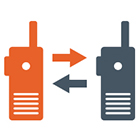 They should communicate quickly and coordinate closely with the government bodies and weather agencies capable of predicting storm surges. Such bodies include PAGASA and Project NOAH under the Department of Science and Technology and independent group Weather Philippines.
They should communicate quickly and coordinate closely with the government bodies and weather agencies capable of predicting storm surges. Such bodies include PAGASA and Project NOAH under the Department of Science and Technology and independent group Weather Philippines.
 Community leaders should evacuate the entire community before the storm surge occurs. Evacuation centers should be located far from the coast and well above sea level.
Community leaders should evacuate the entire community before the storm surge occurs. Evacuation centers should be located far from the coast and well above sea level.

Seawalls and mangroves can only serve as a buffer to lessen the impact and damage of a storm surge. But seawalls can be breached by wind-driven water and mangroves can be inundated. – Rappler.com
Sources:
Lea Soria, Marine Science Institute of the University of the Philippines
Earth Observatory of Singapore
Comprehensive National Fisheries Industry Development Plan 2010
National Weather Service, National Oceanic and Atmospheric Administration
Add a comment
How does this make you feel?
There are no comments yet. Add your comment to start the conversation.